What Is the Difference between Cold Brew Coffee and Regular Coffee?
Experiencing the food and hospitality industry is fun, educative, and experimental.
There are interesting things to learn about food and beverage preparation, handling, serving, and preservation, and for my adventurous self, I often pick more than a handful I will share here.
A heavy-bearded well-built buddy approaches the counter and converses with the barista.
A question he asked interested me.
”What is the difference between cold brew coffee and regular coffee?” asked the inquisitive chap, who probably was there to get the better of the two.

The primary difference between regular coffee and cold brew coffee is the brewing process, where the cold style is slower and takes longer than regular coffee, but there are more factors we’ll discuss as we proceed.
We mostly know about mocha, espresso, Americano, cappuccino, latte, and the common coffee types, but many can’t distinguish typical cold brew from regular coffee without referring to Google.
Drag in your seats, and let’s start the class with me, Barista MD.
What Is the Difference between Cold Brew Coffee and Regular Coffee?
Cold brew coffee, unlike regular coffee, isn’t made with hot or warm water, thus giving it a slower and longer brewing process.
Regular coffee is like in its name – you make it like your usual mug.
Let’s learn a bit about each drink before diving into their differences.
What Is Cold Brew Coffee?
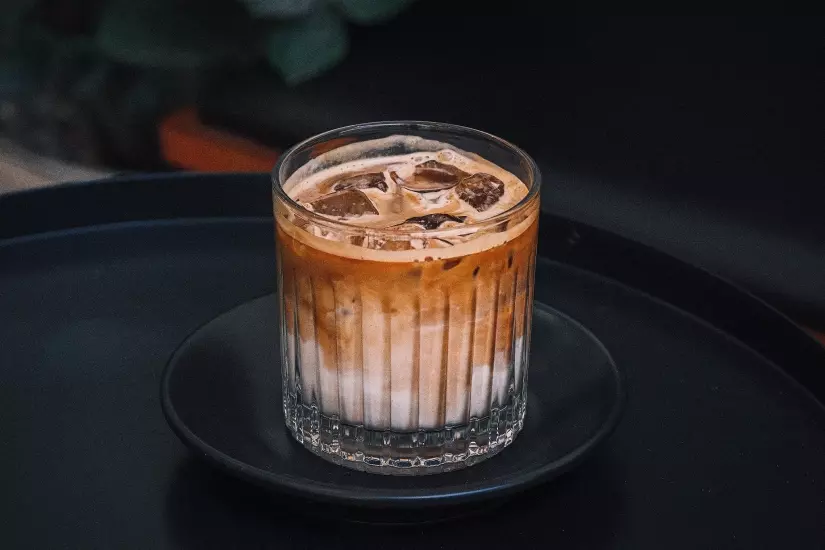
Cold brew coffee is a beverage made by steeping coarse-ground beans in chilled or room temperature water for longer periods, usually 12 to 24 hours, for the best results.
Once the brewing process is complete, you filter out the drink to either have it as a cold coffee concentrate or dilute it to your liking.
What Is Regular Coffee?
Regular coffee is made from roasted and ground beans steeped in hot water to release the flavors and aroma.
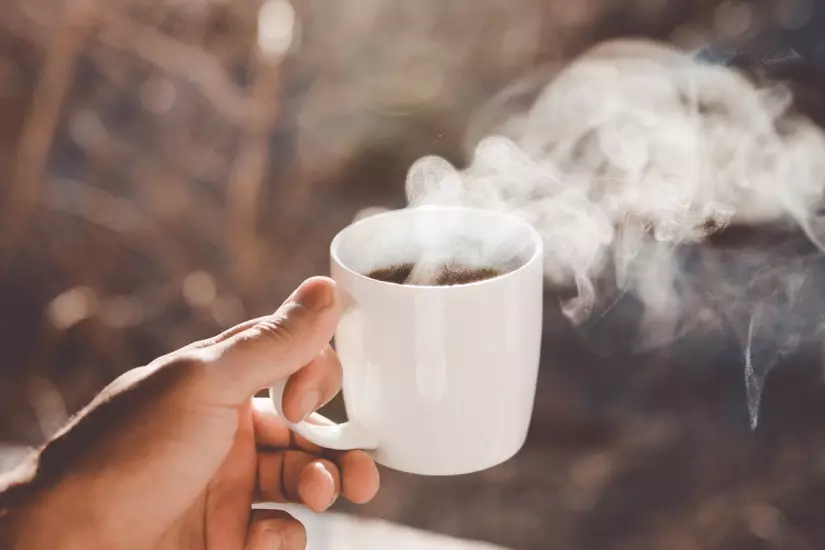
It can be served black or with 1-part cream and 1-part sugar in some countries.
Differences between Regular Coffee and Cold Brew Coffee
You might be wondering if there are more differences between the two, yet all of them seem to differ only in the water temperatures at which the coffee is steeped.
Sure! There is that, and there is more!
Here are more differentiating factors you need to know to make it easy to order the right drink or make it at home if you are a DIY lover like me.
Water Temperature
Heat hugely impacts extraction, meaning cold brewing will leave some acids and compounds in the coffee grounds, influencing the taste, texture, and acidity levels of cold brew coffee.
The result is a smooth, mellow, and flavorful drink.
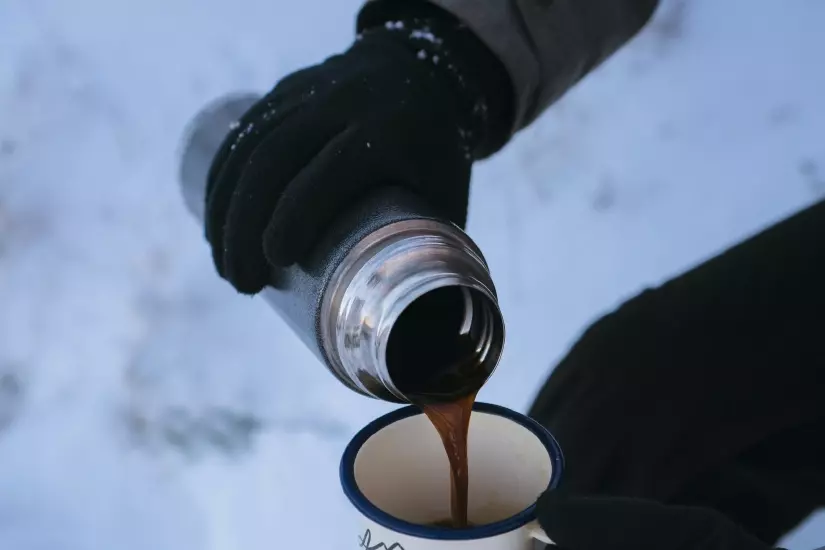
Besides, the cold brew holds taste longer if stored properly because of the above properties.
Hot water dissolves soluble solids better and faster because it weakens molecular bonds to create rapid oxidation reactions.
The process releases extracts, which are tons of organic compounds in the coffee beans.
Hence the taste and flavor of regular coffee.
Cold water is less efficient when it comes to the same process because it yields fewer compounds from the coffee.
The Preparation Time
As said earlier, cold brew coffee is made by steeping coarse ground coffee beans in chilled or room temperature water for 12 to 24 hours, while regular coffee uses the same beans but in hot water for at least 5 minutes to be ready.
Regular coffee takes a shorter time to prepare because the hot water extracts flavors and aroma from the ground beans faster.
Cold brew coffee will need more time for the low water temperatures to work on the coffee for infusions to occur.
The standard duration for most people is 12 to 24 hours, but those who love it milder can do 8-12 hours and still enjoy a cold brew coffee.
Taste and Texture
What is the difference between cold brew coffee and regular coffee when it comes to their taste?
The taste of the two beverages differs because of their preparation methods.

Cold brew coffee is smoother and almost has a sweeter taste, thanks to the slow infusion method that pulls incredible flavors from the ground beans leaving behind most compounds that could make it taste sour and bitter.
Cold brews present oxidation notes mostly outweighed and covered by the dripping flavors.
Regular coffee is quite dense on the palate, with a slight bitterness at the back of the tongue because of the quick yet strong infusion process that allows most compounds to dissolve in the drink.
Types
Cold-brewed coffee can be enjoyed in many ways depending on the ingredients you add, caffeine and sugar content, and flavor.
Here are some common types of this style of coffee:
Nitro Cold Brew
Nitrogen is infused in a dark cold brew coffee to make it sweeter and smoother with a soft yet silky texture.
Kyoto-style
Also called Dutch coffee, it is prepared by slowly dripping cold water over coffee grounds which is more time-consuming than steeping the ground beans in water.
New Orleans
You add chicory to the coffee to darken it and make it richer, almost like cocoa and served with cream and syrup.
The flavor is distinct and robust, making it an ideal summer drink.
Flavored Cream Coffee
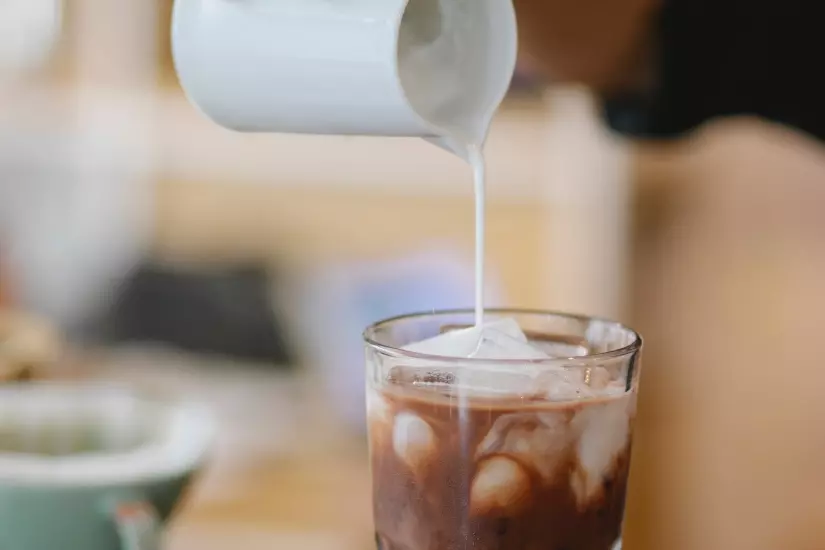
Cold brew coffee is served with various flavored creams like tiramisu, chocolate, salted caramel cream, vanilla, or pumpkin cream.
Regular coffee can be black as it is or served with 1-part cream to dilute it and add flavor and texture.
Some people categorize cappuccino, latte, mocha, Americano, and Espresso under types of regular coffee, but they aren’t.
These are different types of coffee the same way, the regular style is.
Acidity Levels
Our health is a primary concern nowadays, especially with the rise in food-related lifestyle diseases like hyperacidity, heartburn, ulcers, etc.
Cold brew coffee boasts low acidity levels than regular coffee because of the reduced potency of the concentrate (if using the standard ration) and coffee compounds in the drink (applause to the brewing process).
It has reduced risks of causing heartburn and acidity-related health issues than regular coffee.
Ration
The standard ratio for a nice cold brew coffee that should be ready in 24 hours is 1-part coffee to 8-parts water; however, you can make a cold brew coffee concentrate using 1-part coffee to 4 or 2-parts water, which is often diluted with water or milk.
Regular coffee standard ratios are 1-part coffee to 18-part water.
Using this gives an intense and bright cup called the golden coffee by coffee connoisseurs, but you can make a stronger cup using 1:15.
Other types, like Espresso and have their own.

Ratios will determine if a cold brew and regular coffee will have more caffeine.
Here, the coffee-to-water ratio matters a great deal.
But overall, most cold brew coffee recipes have a greater coffee-to-water ratio compared to regular coffee, although the former has some options with less caffeine.
Longevity
What is the difference between cold brew coffee and regular coffee longevity when already prepared?
Cold brew coffee concentrates, when refrigerated, can last up to 14 days.
It is advisable to filter and store the drink in the fridge if you are making it at home.
Keep the cold brew in a clean airtight container and avoid opening it frequently for optimum results.
If diluted with cream, milk, or other drinks, consume it within 2 days maximum.
The same applies to plain cold brew coffee if you open the container daily to pour a glass.
The duration cold brew bought from a café or grocery store will last depending on the preparation method and the label content.
Check the best-by date on the label or container.
If sealed, the coffee is okay until you open the can, which will mean consumption should be within 1 or 2 days for the best taste.
The store opened cans in the fridge to avoid contamination or spoilage.
Regular coffee will be good for 3 to 4 days if plain without any cream or milk.
Regular coffee with milk or cream must be consumed within two hours if left open or closed at room temperature.
But if you have to refrigerate it, use it within 1 or 2 days, but ensure you smell and check for spoilage since milk goes bad easily.

Conclusion
What is the difference between cold brew coffee and regular coffee for someone starting their experimenting journey?
The main difference between the two is the brewing duration and water temperature, which later impact the taste, flavor, acidity levels, and texture of both drinks.
I’d advise tasting both to determine what your palate loves the most.
But, if you are a little cautious about your health, especially if you have acidity issues, lean towards cold brew coffee (not the concentrate).
It is lower in acidity levels, tastes slightly sweeter, and is mellower and smoother.
Buddies who love going harder on their caffeine will enjoy regular coffee.
And for a twist, 1 sugar and 1 cream will make it hit differently!



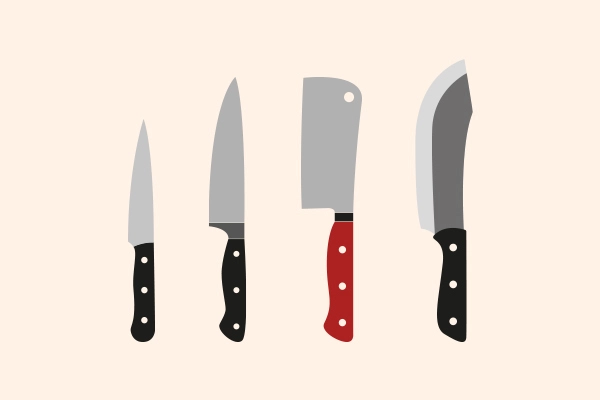

![Can a Bread Knife Cut Meat? [Know How You Can]](https://www.primekitchener.com/wp-content/uploads/2023/01/can_a_bread_knife_cut_meat.jpg)
